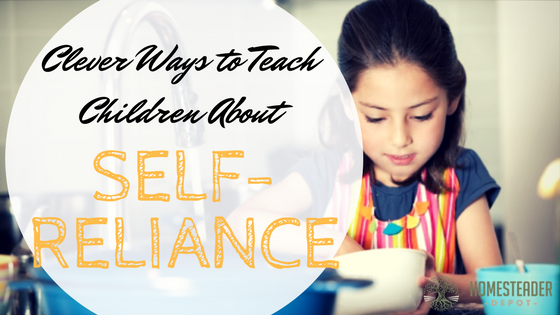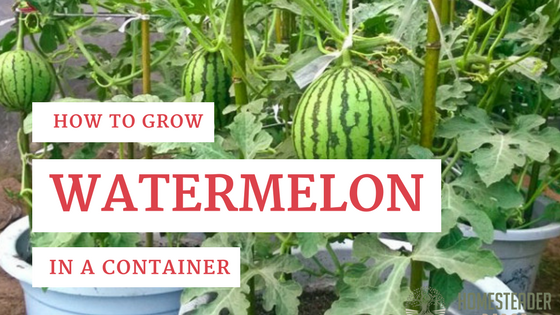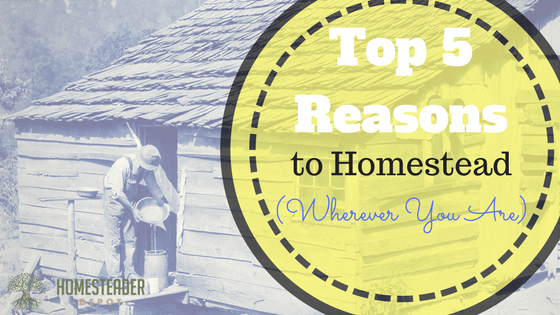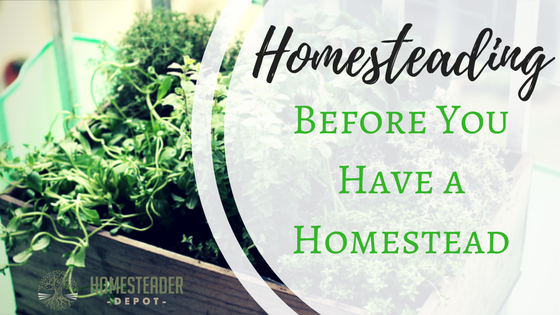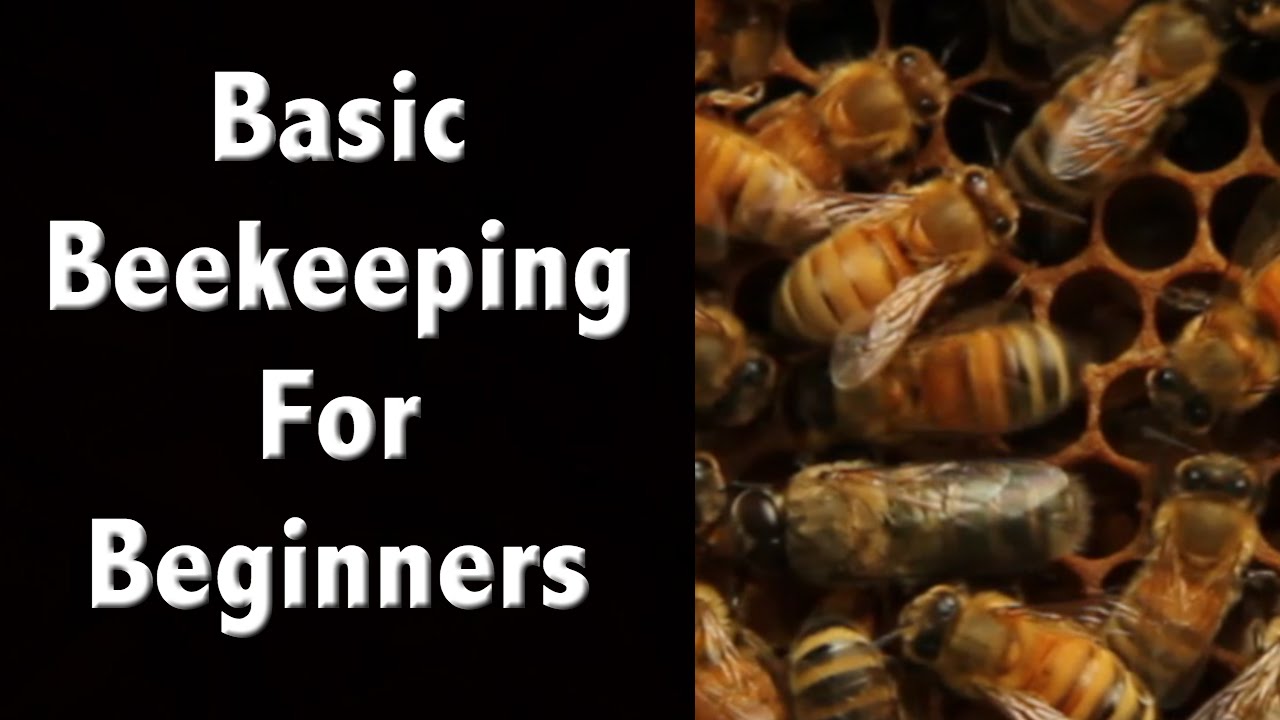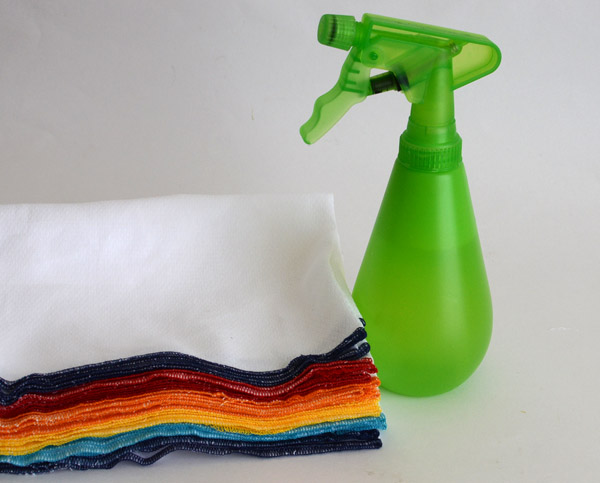Thriving 23-Year-Old Permaculture Food Forest (Video)
I recently had the pleasure of watching this amazing video on a 23-year-old food forest that Robert and Robyn Guyton have grown in the small town of Riverton on New Zealand’s South Island. This is the ultimate goal of permaculture, to create your own natural, sustainable ecosystem that you can live off of, but that thrives … Read more


